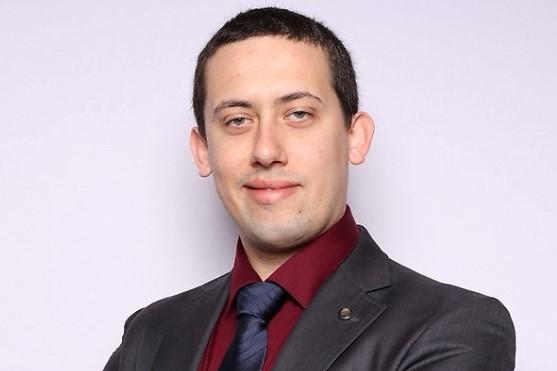
Speaker:
Jamie Alatis
Understanding the interactions between light and matter is critical for developing systems for sensing, photovoltaics and harvesting solar energy, as these systems rely on absorbing light, and converting it to energy or information. Developing a practical understanding of light-matter interactions requires knowledge of photoexcitation, the process of absorbing light, and charge transfer reactions, the process of charge moving through a material. Materials with highly tunable electronic structures are of particular interest for developing devices based on light-matter interactions, as the way these materials absorb light, and transfer charge can be rigorously controlled. However, the mechanisms of charge transfer and photoexcitation can vary wildly from material to material, especially in those with tunable electronic properties. Therefore, identifying the mechanisms of photoexcitation and charge transfer in systems with rigorously controlled electronic properties is critical for the development of new technologies based on light-matter interactions. This dissertation investigates the mechanisms by which light and charge move through well-defined nanohybrid superstructures with highly tunable electronic structures based on semiconducting polymers and both metallic and semiconducting single-walled carbon nanotubes (SWNTs) with homogeneous electronic structures. First, exploring noncovalent interactions which can modulate the E-k dispersion near the Fermi level of a low-dimensional nanoscale conductor, showing that low energy band gaps may be opened in metallic carbon nanotubes through polymer wrapping of the SWNT surface at fixed helical periodicity. Employing ultrafast pump-probe transient absorption spectroscopy, this work then characterized the nature of (i) interactions between excitons and charges which enable multiple types of charge transfer reactions in polymer-wrapped SWNT superstructures and (ii) the driving force dependence of newly uncovered charge transfer reactions involving SWNT excitons. These investigations discerned that because SWNT excitons have substantial excited-state reduction (1E−/*) and excited-state oxidation (1E*/+) potentials, they can drive additional charge transfer reactions involving initially prepared CS states under experimental conditions where excess excitons are present, and further, these reactions exhibit complex relationships between driving force and rate dependent on the distance between charge carriers.